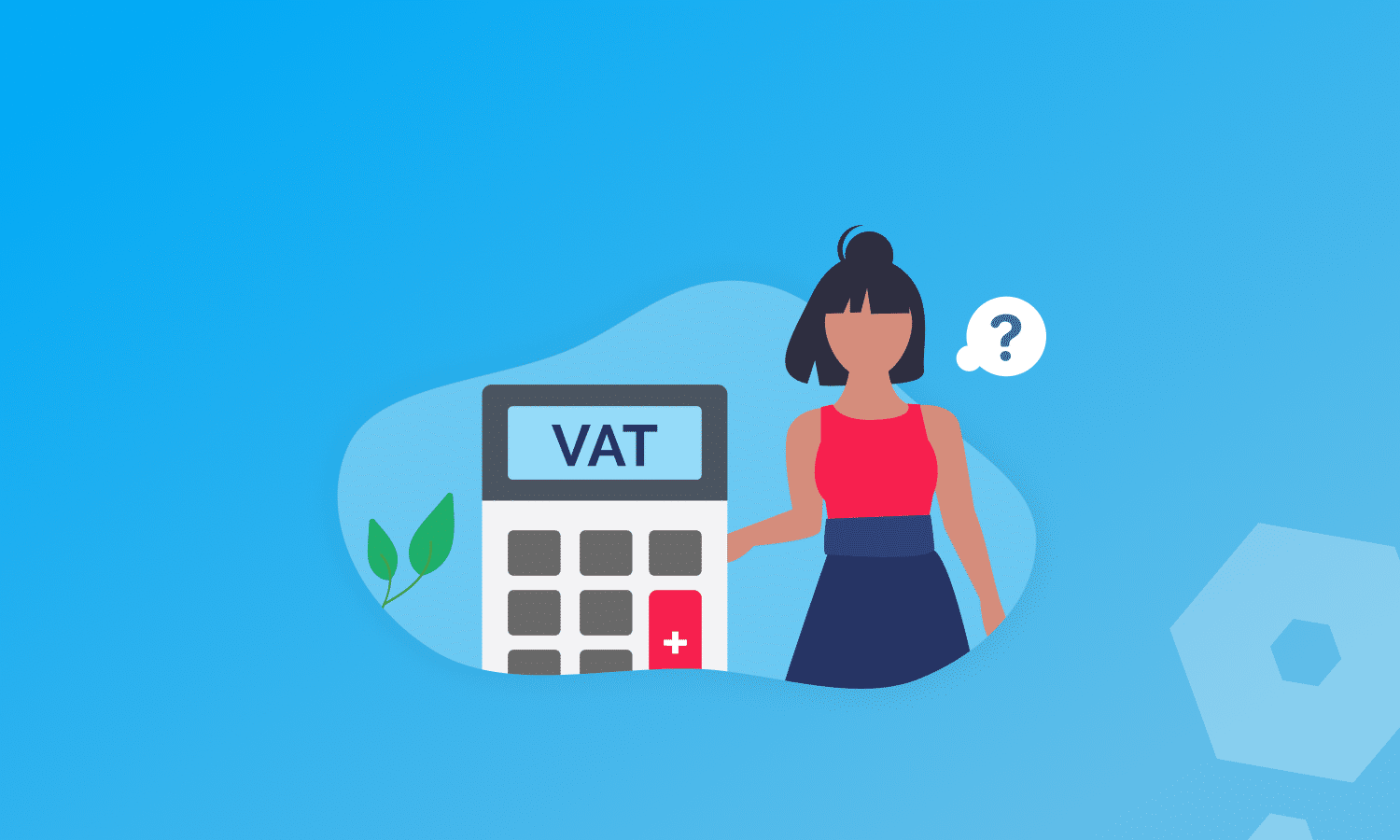So, you’re the owner of more than one business trying to work out what this means for your VAT registration status. Not to worry!
Most people understand VAT from a consumer’s point of view, but things look a little different on the other side of the compliance curtain. In this article we’ll explain how VAT works for businesses, particularly if you have more than one of them.









